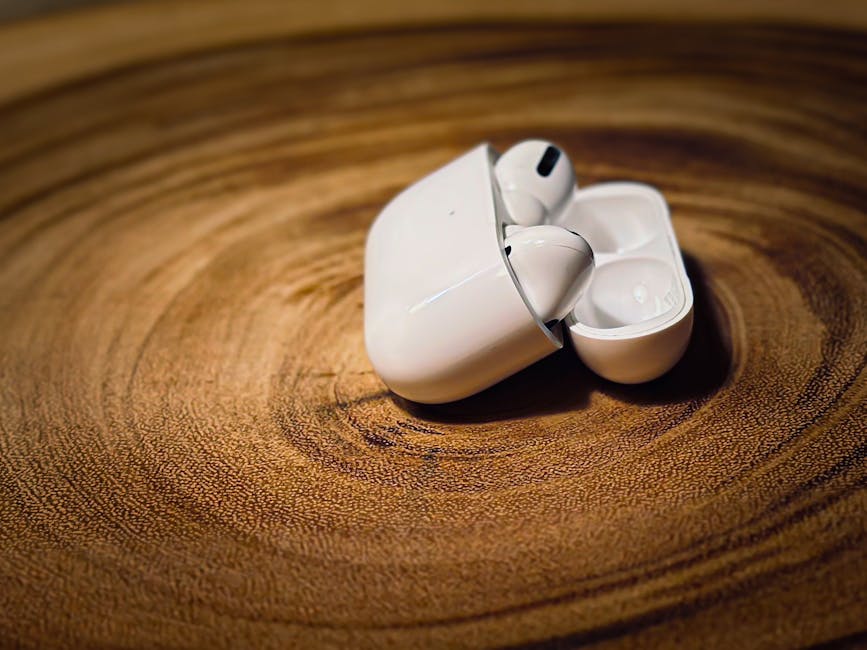
How to Reduce Mold Exposure in Your Home
How to Reduce Mold Exposure in Your Home
Mold is a common household problem that can negatively impact both your home’s structural integrity and your family’s health. Exposure to mold can cause allergic reactions, respiratory issues, and even long-term health complications in some cases. Fortunately, there are several effective strategies to minimize mold growth and reduce exposure in your living space. This comprehensive guide will explore practical steps to keep your home mold-free and ensure a healthier indoor environment.
Understanding Mold and Its Risks
Mold is a type of fungus that thrives in damp, humid conditions. It reproduces through tiny spores that float in the air and can settle on surfaces where moisture is present. Common indoor molds include Aspergillus, Cladosporium, and Stachybotrys (often referred to as “black mold”). While some molds are relatively harmless, others can produce mycotoxins that pose serious health risks.
Symptoms of mold exposure may include:
- Sneezing, coughing, and nasal congestion
- Skin irritation or rashes
- Wheezing or difficulty breathing (especially in asthma sufferers)
- Headaches and fatigue
- Chronic sinus infections
Given these potential health effects, it’s essential to take proactive measures to prevent and eliminate mold in your home.
Step 1: Control Indoor Humidity
Since mold thrives in moisture, maintaining optimal humidity levels is crucial. The Environmental Protection Agency (EPA) recommends keeping indoor humidity between 30% and 50%. Here’s how you can achieve this:
Use a Dehumidifier
- Place dehumidifiers in damp areas such as basements, bathrooms, and laundry rooms.
- Empty and clean the water reservoir regularly to prevent mold growth inside the unit.
Ventilate Properly
- Use exhaust fans in kitchens and bathrooms to remove excess moisture.
- Open windows when weather permits to improve air circulation.
- Ensure that clothes dryers vent outside the home.
Fix Leaks Promptly
- Inspect pipes, roofs, and windows for leaks and repair them immediately.
- Check under sinks and around appliances (like dishwashers and refrigerators) for hidden moisture.
Step 2: Improve Air Circulation
Stagnant air allows moisture to accumulate, creating an ideal environment for mold. To enhance airflow:
- Use ceiling fans to keep air moving.
- Avoid placing furniture directly against walls, as this can trap moisture.
- Ensure that air vents are unobstructed for proper HVAC system function.
Step 3: Clean and Dry Wet Areas Immediately
Mold can begin growing within 24 to 48 hours of water exposure. To prevent this:
- Wipe down wet surfaces (shower walls, countertops, windowsills) after use.
- Dry carpets, rugs, and upholstery thoroughly after spills or flooding.
- Remove and replace water-damaged materials (such as drywall or insulation) if they cannot be completely dried.
Step 4: Use Mold-Resistant Products
When renovating or building, consider using mold-resistant materials:
- Mold-resistant drywall and paint (especially in bathrooms and basements).
- Waterproof flooring (such as tile, vinyl, or sealed concrete).
- Anti-microbial insulation to reduce mold-friendly environments.
Step 5: Regular Cleaning and Maintenance
Preventative cleaning can significantly reduce mold spores in your home:
- Weekly dusting and vacuuming (preferably with a HEPA filter vacuum).
- Deep cleaning carpets and upholstery periodically.
- Washing bathroom curtains and mats in hot water to kill mold spores.
For existing mold, use appropriate cleaning solutions:
- White vinegar (a natural antifungal) can kill up to 82% of mold species.
- Baking soda mixed with water is effective for scrubbing mold off hard surfaces.
- Hydrogen peroxide (3%) can disinfect moldy areas without harsh chemicals.
Avoid using bleach on porous surfaces (like wood or drywall), as it only removes surface mold and does not prevent regrowth.
Step 6: Monitor Indoor Plants
While houseplants improve air quality, overwatering can lead to mold growth in soil. To prevent this:
- Use pots with drainage holes.
- Avoid letting water sit in saucers.
- Remove dead leaves promptly.
Step 7: Test for Hidden Mold
If you suspect mold but can’t see it (common behind walls or under flooring), consider:
- Professional mold inspection (using air sampling and moisture meters).
- DIY mold test kits (though these may be less accurate).
When to Call a Professional
While small mold patches can often be handled independently, extensive mold infestations (over 10 square feet) or toxic black mold require professional remediation. Experts have specialized equipment to safely remove mold and prevent recurrence.
Final Thoughts
Reducing mold exposure in your home requires a combination of moisture control, proper ventilation, and regular maintenance. By implementing these strategies, you can create a healthier living environment and protect your family from the harmful effects of mold. Stay vigilant, address water issues immediately, and maintain good indoor air quality to keep your home mold-free for years to come.
Would you like additional tips on natural mold prevention remedies or specific room-by-room solutions? Let me know how I can further assist you in creating a safe and comfortable home!







